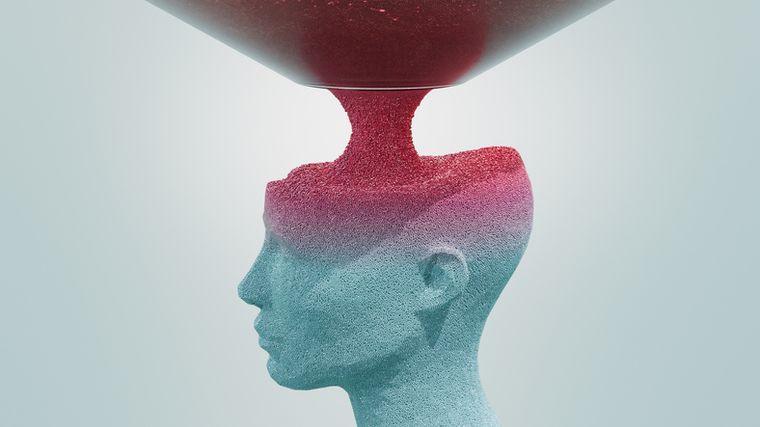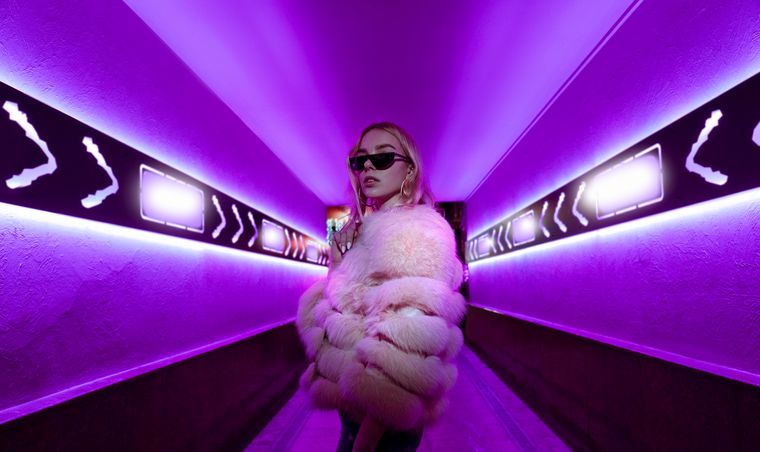We’re more than our senses
Taking product development to the next level

A product is at the core of any marketing activity and the physical manifestation of a brand promise. Awareness and marketing effectiveness will generate trial, but the product performance in meeting consumer needs, being memorable and offering the right value is critical for repeat purchasing. To improve product performance to drive repeat purchases, we need a better understanding of how consumers assess product quality. Helping brands better understand this complex journey, Ipsos has developed a total product experience framework which assesses and optimises product development by using a holistic approach.
A product meeting the needs of consumers is essential to commercial success, and most of us would assume that the path to success is technically superior product quality. However, focusing purely on product characteristics that are connected to our senses is not providing a good prediction for in-market success.
Behavioural science has shown that product experiences are shaped not only by sensory input but also by product and category beliefs or expectations and by the broader context in which a product is used. In short, the product experience is driven by more than just sensory signals. Understanding the psychological forces that impact product experience also allows us to design metrics that more effectively capture the forces that impinge upon product evaluation/ choice.
Quality perception
There are two processes influencing the quality perception by consumers. The top-down process interlinks with consumers’ past experiences and desires. The bottom-up process reflects consumers’ sensorial experiences. In short, what is in our head can determine how we experience a product.
This may happen because our attention is guided by our knowledge, or our knowledge may change the actual experience itself. Evidence for the former was found in a study where consumers were shown ads exaggerating the qualities of a shirt before or after they were given the shirt 1. Consumers who were shown the ad before getting the shirt spent more time examining the fabric and evaluated the shirt more favourably than if they were shown the ad after they examined the shirt. When shown the ad before, the ads guided the attention of consumers towards the fabric qualities.
A study conducted by a different group of researchers suggests that knowledge can also change the experience itself 2. In this study, patrons of a pub evaluated regular beer and the same beer plus a few drops of balsamic vinegar in one of three conditions. The first group tasted the samples blind (i.e., the addition of the vinegar was not communicated), a second group was informed of the presence of vinegar in one of the beers before tasting, while a third group learned of the vinegar ingredient immediately after tasting, but prior to indicating their preference. Unsurprisingly, fewer people rejected the beer with vinegar in the blind condition than in either of the two disclosure conditions. However, when the information was given made a big difference. Disclosure of the vinegar ingredient reduced preference only when patrons were told about the ingredient before tasting, suggesting that disclosure affected preferences by influencing the sensory experience itself rather than by acting as an independent negative input or by modifying retrospective interpretation of the experience.
Therefore, the context in which consumers evaluate the products needs to be considered as well. The context in which a product is tested matters, as it can influence the product experience and evaluation. In some cases, context may make some needs more salient than others (e.g., consumers’ beverage needs are different in summer versus winter) and influence evaluation. For instance, listening to the ocean sounds and seagulls can bring back the memories of being by the seaside and improves the experience of eating seafood. In other cases, context may have a direct influence on how a product is perceived. We define ’context’ in the broadest sense, including both the physical, emphatic and social context in which a product is tested. Because of the potential impact of context, testing should ideally be done in the same context when and where the product will be used. For most consumer packaged goods (CPG) products, this would be in consumers’ homes. But even in a controlled testing environment (central location testing (CLT)), we can create the right context. Therefore, when testing in-home, we need to recreate out-of-home consumption context. For instance, eating ice cream at coffee bar. The physical context includes not just the surrounding physical environment but any objects that are part of the testing.
A study
In a study that looked at how ‘add-on’ features impact product evaluation, researchers had students in two groups evaluate the same coffee 3. For one group, the coffee was presented along with condiments housed in beautiful glass-and-metal containers. For the other group, the condiments were displayed in plain Styrofoam cups. The results: the coffee was rated as better tasting and worth paying more for when the condiments were served in the fancy containers.
However, in most situations, the relevant physical context is the location and time in which testing is done. As mentioned previously, products are ideally tested in the context they will be used, but there may be times when a CLT is required for greater control over the test administration. Yet we must be aware that if the context is too different from the conditions in which the product will be used, the gain in control may come at the expense of accuracy in predicting consumers’ behaviour. In such situations, we recommend contextualising the tests by priming consumers.
Recent studies in psychology have shown only weak effectiveness and replicability of priming in social context 4. However, in product testing research, we are applying priming only to create a sense in consumers’ minds of the right context in which the product would be consumed. This can be done in simple, cost-efficient ways (e.g., by asking consumers to imagine a scenario using their memory or imaginations), by showing short videos, or by using technology to recreate the expected physical consumption environment (e.g., virtual reality (VR)). As an example of a technology-driven contextualisation, we used virtual reality to simulate summer conditions for a CLT conducted over winter. This VR simulation allowed Ipsos to obtain findings that were more like those from a CLT conducted in summer.
Discover more about how the total product experience is driven by more than just sensory signals in the full article here: https://www.ipsos.com/en/were-more-our-senses-taking-product-development-next-level
Sources:
1: Hoch, S.J., & Ha, Y. (1986). Consumer learning: Advertising and the ambiguity of product experience. Journal of Consumer Research, 13, 221–233.
2: Lee, L., Frederick, S., & Ariely, D. (2006). Try It, you’ll like It: The influence of expectation, consumption, and revelation on Preferences for Beer. Psychological Science, 17, 1054-1058
3: Bertini, M., Ofek, E., & Ariely, D. (2009). The impact of add-on features on consumer product evaluations. Journal of Consumer Research, 36, 17-28.
4: Chiver, T. (2019). A Theory in Crisis. Nature, 576, 200-202


